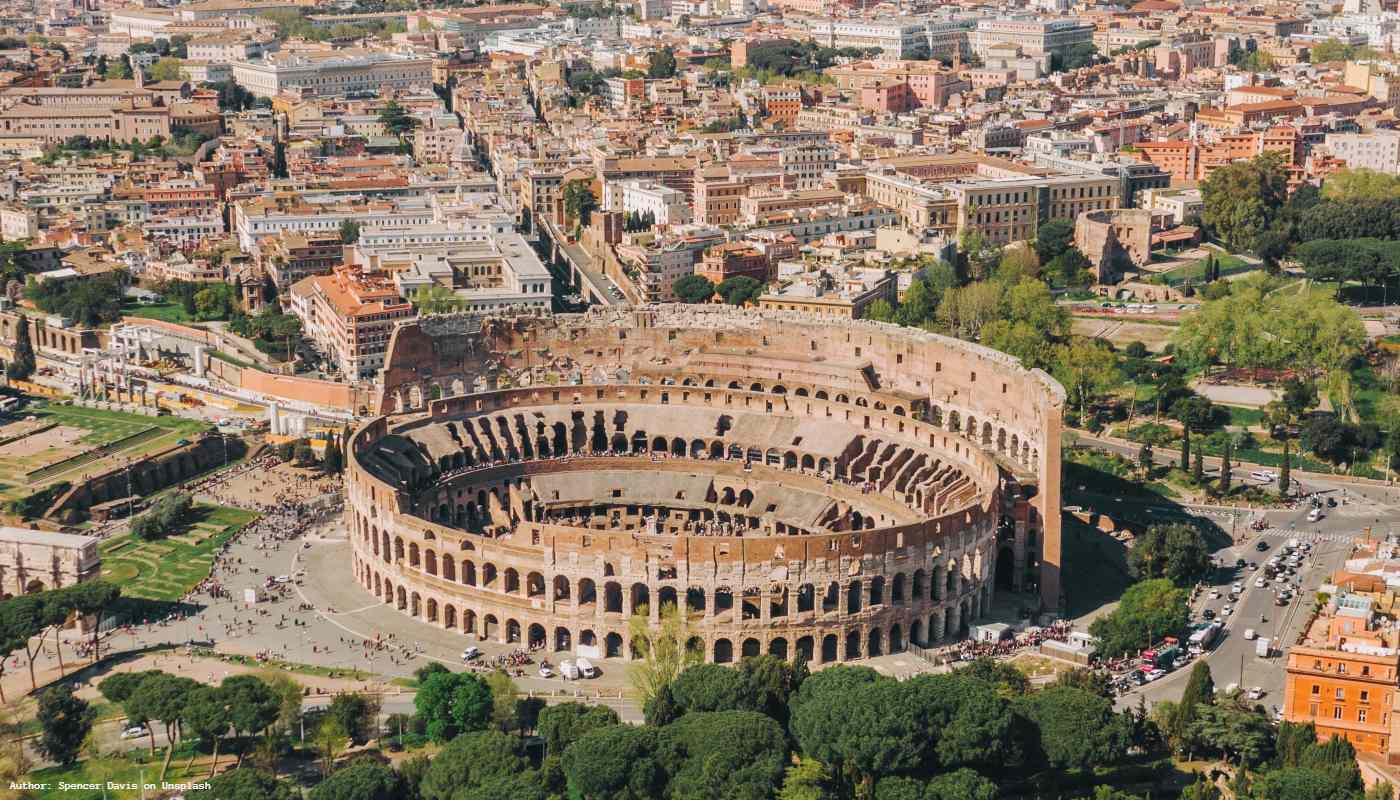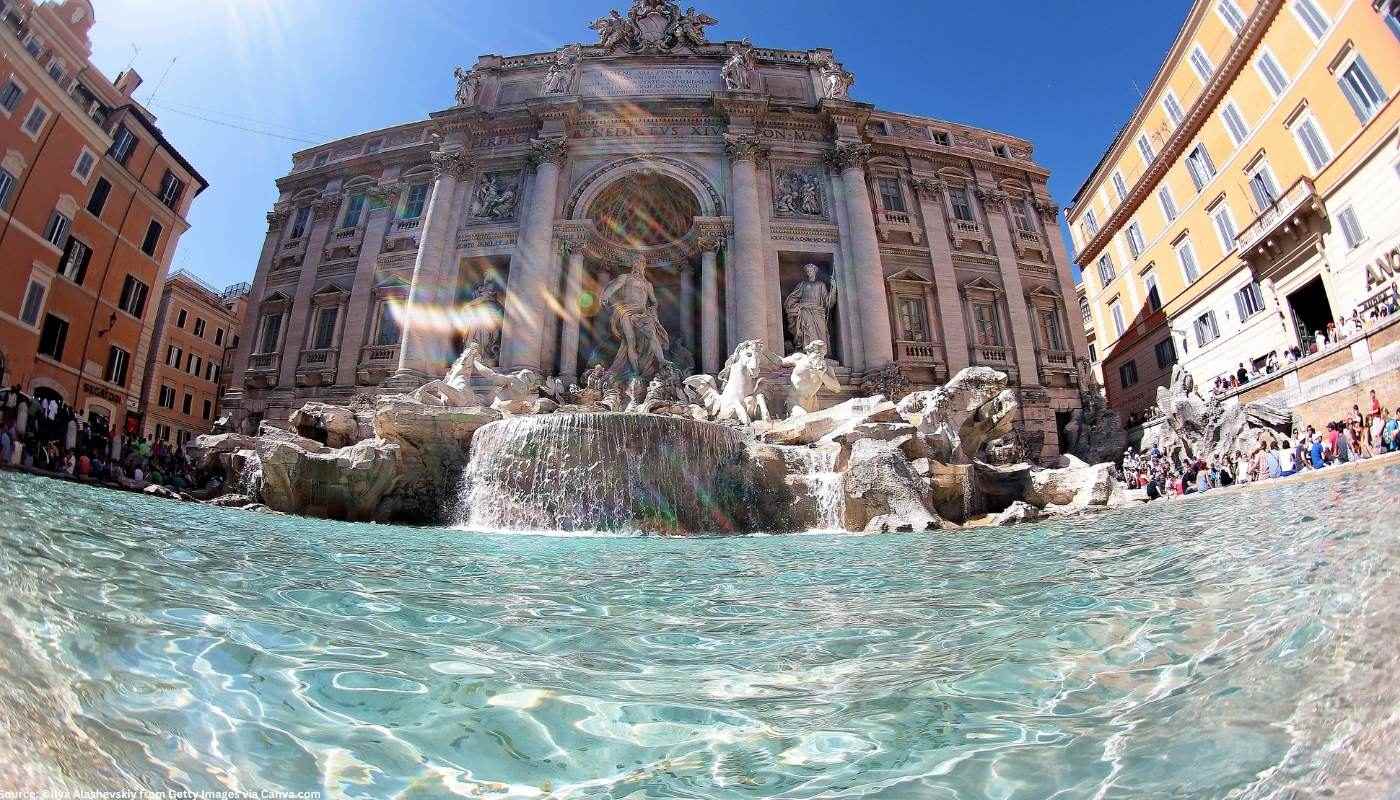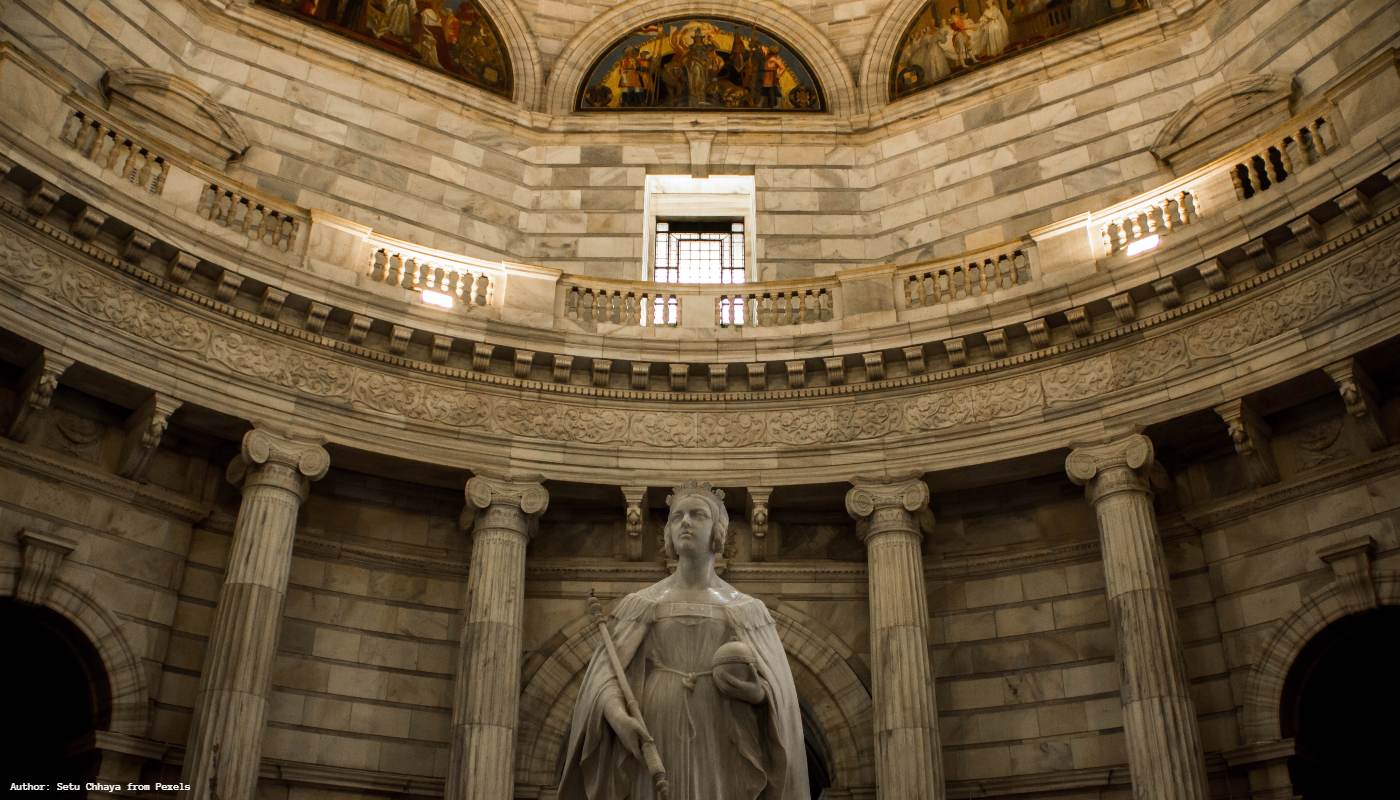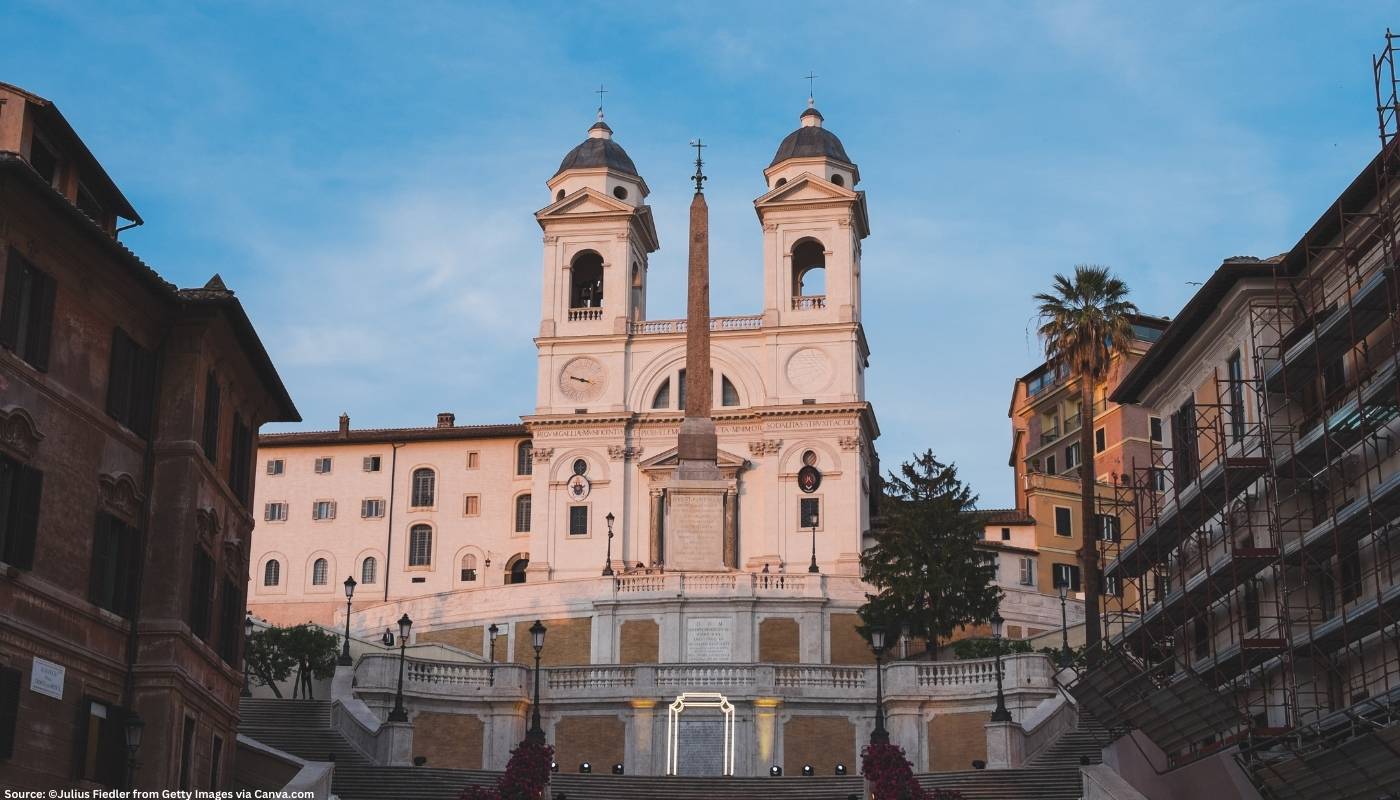When to visit Italy during the year?
Italy is a country blessed with a diverse climate that offers travelers unique experiences throughout the year. The summer months (June to August) draw millions to its iconic coastal cities like Amalfi and Cinque Terre, where sunbathing, hiking, and gastronomy are highlights. Winter (December to February) attracts skiers to the Alps in regions such as Trentino and Aosta Valley, with snowfall transforming landscapes into a winter wonderland. Spring (March to May) sees blooming flowers over Tuscany’s rolling hills, offering delightful wine tours and outdoor activities, while autumn (September to November) is perfect for food lovers eager to enjoy the harvest festivals, particularly in regions like Emilia-Romagna.
How to get to Italy?
Getting to Italy is convenient, with numerous options available for travelers. You can fly into its major international airports, take long-distance buses, ride trains from neighboring countries, or drive from various parts of Europe. Italy's main entry points and transport options cater to millions of visitors each year.
- Major airports: Rome Fiumicino (FCO), Milan Malpensa (MXP), and Naples International (NAP).
- International routes from all continents, including:
- North America: New York (JFK), Los Angeles (LAX)
- Europe: Paris (CDG), London (LHR)
- Asia: Tokyo (NRT), Beijing (PEK)
- Australia: Sydney (SYD)
- South America: São Paulo (GRU)
- Africa: Johannesburg (JNB)
- Low-cost airlines: Ryanair, EasyJet, and Wizz Air.
- Flight times vary widely, with approximately 8-10 hours from North America.
- Main stations: Rome Tiburtina, Milan Lampugnano.
- Cities interconnected include: Florence, Venice, and Bologna.
- International service available from neighboring countries like France (TGV), Switzerland (EuroCity), and Austria (Railjet).
- Typical durations: Paris to Rome in about 10 hours, Zurich to Milan in roughly 3.5 hours.
- Main highways include: A1 (autostrada del Sole), connecting Milan and Naples.
- Distances: Berlin to Rome is about 1,500 km, while Paris to Milan is around 1,000 km.
- Tolls apply on most highways, and road conditions are generally good although mountainous areas may present challenges.
Tourist activities in Italy
Italy offers a rich tapestry of tourist activities catering to all interests, whether you're seeking history, adventure, or relaxation. Start your journey in Rome, where ancient treasures like the Colosseum and Vatican City await exploration. For art enthusiasts, Florence boasts the Uffizi Gallery and Michelangelo's David. If you crave outdoor adventure, Italy’s Dolomites are perfect for hiking and skiing.
In the coastal regions, the Amalfi Coast and Cinque Terre lure with stunning seaside hikes and vibrant pastel villages. Culinary tours across Tuscany will tantalize your taste buds, while Venice provides a unique experience with its enchanting canals. Each region has its specialties; from the fashion of Milan to the unique island life on Sicily, Italy is a treasure trove of experiences.
Finally, don’t overlook the vibrant nightlife in cities like Milan and Rome, where everything from classical concerts to trendy bars can be found. Whatever your interests, Italy has something to offer everyone!
Accommodation in Italy
Italy boasts a wide array of accommodations, suitable for every traveler’s budget and preference. From luxurious five-star hotels in cities like Milan and Rome to cozy bed-and-breakfasts in the countryside, the options are endless. Budget travelers will find hostels and guesthouses particularly inviting in cities like Florence and Venice, while families might prefer renting apartments or villas for a more home-like atmosphere.
Average prices can vary significantly based on location and season; a standard hotel room typically ranges from €70-€300 per night, with peak summer pricing often higher. In the off-peak fall and spring months, travelers can often find great deals. Be sure to consider proximity to attractions when booking, as staying in the city center can greatly enhance your experience.
Food in Italy
Italian cuisine is revered around the globe, with an emphasis on high-quality ingredients and regional specialties. From rich pastas and savory pizzas to delectable seafood and desserts like tiramisu, the culinary journey through Italy is a highlight for many travelers. Classic dishes like risotto, lasagna, and Caprese salad offer a taste of tradition.
No meal is complete without sampling the local wines; Tuscany and Piedmont are particularly famous for their vineyards. Average meal prices range from €15-€35 at a mid-range restaurant, and street food options, like pizza al taglio, offer delicious bites for as low as €5. Don't forget to explore local eateries for an authentic dining experience!
Important numbers and information
- Emergency services: Police - 112, Ambulance - 118, Fire Brigade - 115
- Embassies: US Embassy in Rome - Piazzale Viale Somalia, 36, 00199 Roma, Italy
- Airports: Fiumicino Airport - Via dell' Aeroporto di Fiumicino, 320, 00054 Fiumicino RM, Italy
- Currency and payment methods: Euro (€). Major credit cards accepted but cash is recommended for small purchases.
- Visa/passport regime: Visitors from EU countries do not need a visa for stays under 90 days. Non-EU citizens should check visa requirements before traveling.
What to see in Italy?
Italy is a land of breathtaking attractions and historical landmarks. Begin your exploration in Rome, where iconic sites such as the Colosseum, Pantheon, and the Vatican City must not be missed. Head north to Florence to admire the stunning architecture of the Duomo and the art-laden Uffizi Gallery. Venice’s unique canals and St. Mark’s Square are enchanting, while Milan offers the grandeur of the Duomo and vibrant shopping.
Travel further to the Amalfi Coast, where picturesque villages like Positano and Ravello offer stunning views. The ruins of Pompeii and Herculaneum provide a glimpse into ancient Roman life. In the north, the serene lakes of Como and Garda provide a fantastic retreat. Each region brims with its own local attractions that are not to be missed.
History, geography and climate
Italy's long and rich history is marked by various ruling empires, culture, and innovation. Home to the Roman Empire, it boasts monuments and structures that have stood the test of time, such as the Colosseum and aqueducts. Geography ranges from majestic mountains like the Alps and Apennines to fertile plains and thousands of kilometers of coastline.
The climate varies significantly; the northern regions experience a continental climate, while the south leans towards a Mediterranean climate. Average temperatures in winter can drop to 0°C (32°F) in the north and rise to 10°C (50°F) in the south, while summers see a rise to around 30°C (86°F) throughout the country, making it a year-round destination.
Population and culture
Italy has a population of approximately 60 million people, rich in cultural diversity and traditions. The official language is Italian, but regional languages and dialects can also be heard. Predominantly Roman Catholic, Italy celebrates numerous religious and historical festivals, reflecting its cultural depth.
Famous for its art, fashion, and cuisine, Italy hosts several renowned events, including Venice Carnival and Milan Fashion Week. Traditions like family gatherings over meals and the appreciation for craftsmanship are deeply rooted in the Italian way of life. Each region showcases its unique customs and folklore, providing visitors with a true taste of Italy's vibrant culture.





































